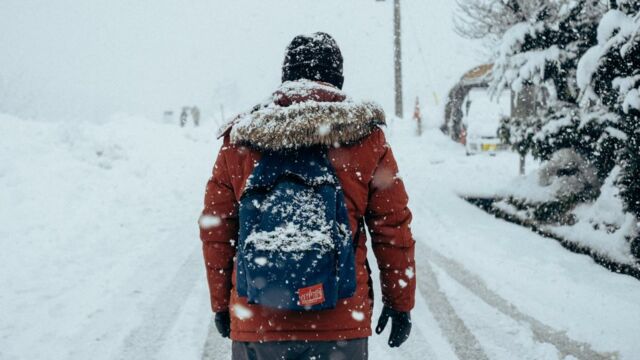Subzero temperatures: This is what happens to your body when it's cold

Ever wondered what happens to your body when it is exposed to freezing weather? Keep on reading to find out!
Most animals have specific coats that allow them to survive the sometimes harsh conditions of winter. Humans, on the other hand, need to use a more artificial way to withstand the lowest temperatures: clothing.
Discover our latest podcast
To show how dependent humans are on the layers they apply to their bodies and therefore vulnerable to the cold, a BBC journalist conducted a very special experiment in January 2016.
More under this adMore under this adA thermal camera to show the cooling of the body
Oli Martin's experiment was simple. The journalist went to Scotland, to Cairngorms in the Highlands. There, in the middle of a snowstorm, he used a military thermal camera, the 'Selex Merlin.' The objective was to film all the minute details of the changes in body temperature. The more the colours leans towards red, the warmer they are and the more they turn blue, the colder they are.
At first warmly dressed from head to toe, Oil Martin abandoned his protections one by one. He ended up bare-chested in the Scottish cold. His body, at first mostly bright red, started to turn green and then little by little blue. We can clearly see that the snow, as well as the flakes, are almost black because they are so cold.
More under this adMore under this adA body very vulnerable to the cold
In reality, the human being, without protection, can only survive for a short time in intense cold. And this experience makes us understand it in a very visual way. This is why protection from the cold is so important. If the journalist had stayed longer, he would have risked very painful and potentially irreversible frostbite on his body.
More time would have led to hypothermia and eventually death. A good reason to cover up while winter is still here!